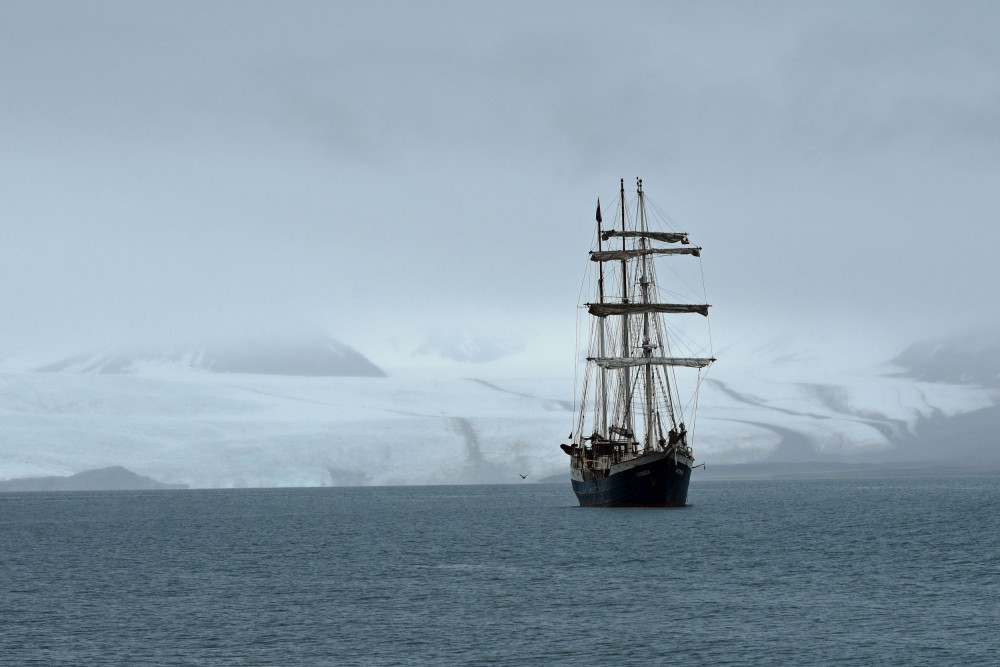Extreme rain over Svalbard is caused by less sea ice
Recent extreme precipitation over Svalbard is linked with declining sea ice in the Greenland Sea, a new study finds.

Three highly unusual events in the course of the last 10 years made climate scientists ask why extreme rain seems to become more frequent at Svalbard, the relatively dry archipelago in the Norwegian Arctic.
- January 30, 2012: Four times as much rain came in one day as normally comes in the entire January.
- October 2016: Extreme rain in Longyearbyen triggered several landslides.
- July 2018: Ny-Ålesund got 3.5 times more rain than normal.
A new study clearly suggests that these events are not random accumulation of extremes.
Research Professor Malte Müller with the Norwegian Meteorological Institute says all three events are linked with a changing climate
“The sea ice in the Greenland Sea plays an important role here since it shields the west coast of Svalbard from the southerly atmospheric moisture flow. An extreme precipitation event with a 100-year return value in the 1980s has today a 40-year return value,” Müller tells the Barents Observer.
Consequently, the professor predicts that precipitation extremes, like those seen in 2016 and 2018, will occur more often in the future.
“These events are usually connected to warm spells and thus can have far-reaching consequences for society and the ecosystem,” Müller says.
The study is made by Müller in cooperation with Timo Kelder, Loughborough University and Cyril Palerme, University of Oslo.
As previously reported by the Barents Observer, heavy rainfall combined with thawing permafrost has already caused landslides at Svalbard, like in the mountainside above Longyearbyen.
Another study by the University at Albany this September concludes that the magnitude and pattern of rapid sea ice melt in the Arctic can directly influence El Niño, making the events frequently stronger.
At Svalbard, it is especially the extent of ice in the Greenland Sea that influences heavy rain.
“If the sea ice coverage over the Greenland Sea is low this moisture transport is more efficient in bringing the water masses to the Svalbard West Coast in form of precipitation,” Müller explains.